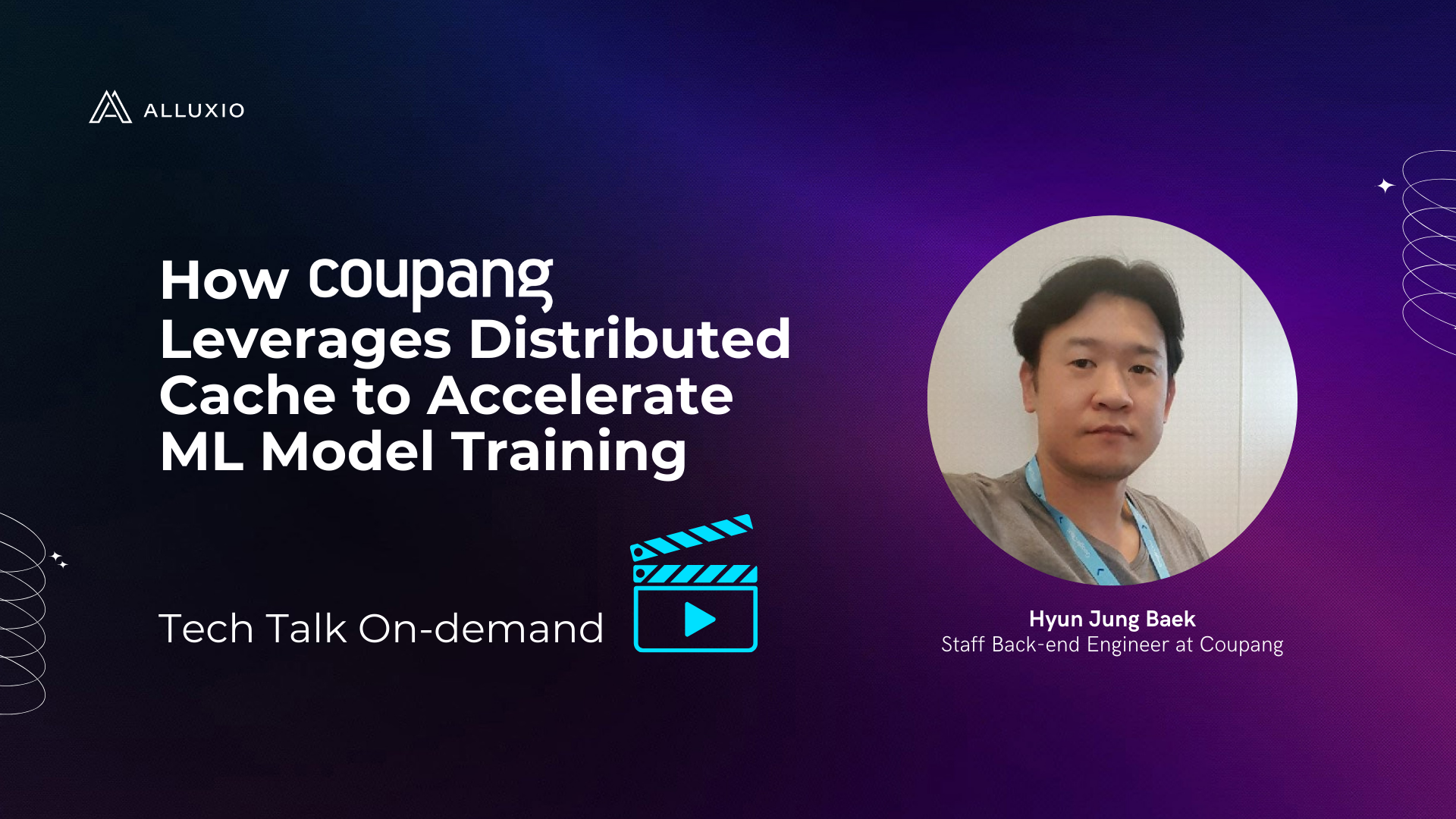
Train, distribute, & serve AI models at blistering speed.
Alluxio is the fastest, most efficient way to deliver AI data to GPUs to accelerate AI model training, model distribution, and inference.








Alluxio AI Acceleration Platform
Data Acceleration
Alluxio Distributed Cache accelerates AI workloads and maximizes GPU utilization by delivering lightning-speed access to petabytes of data spread across billions of files regardless of the underlying storage type or proximity to GPU compute clusters.


Accelerate Model Development
Get to market faster, boost productivity, and reduce repetitive data engineering tasks by providing AI builders with a secure, unified POSIX interface to all your data sources regardless of storage type or protocol.
Architected for AI Workload Portability
Move your AI workloads between regions, clouds, and on-premise infrastructure (or wherever you can find GPUs) while keeping your data where it is. Alluxio delivers accelerated access to the data your AI workloads need wherever it lives.


Lower Infrastructure Costs
Alluxio Distributed Cache reduces costly data access and egress charges imposed by public cloud storage solutions, while accelerated data access eliminates the need for expensive, complex HPC storage.
Simplicity at Scale
Simple to deploy and easy to manage, the Alluxio AI Acceleration Platform leverages NVMe SSDs on or near existing GPU compute clusters to accelerate data access without replicating data or requiring additional persistent storage

Alluxio by the numbers



Alluxio accelerates AI workloads for enterprises across the globe
Regardless of your stack, Alluxio has your back.
Alluxio accelerates PyTorch, TensorFlow, Spark, and Ray workloads running on bare-metal, virtual machines, and Kubernetes. Alluxio supports single cloud, multi-cloud, hybrid-cloud, or completely on-premise environments.
Big data analytics need a boost? Alluxio has you covered.
While AI and big data analytics have different workload characteristics, both suffer from performance and scalability challenges accessing vast quantities of data. Alluxio Data Analytics Edition is optimized to bring the speed, flexibility, and cost-saving benefits of Alluxio to big data analytics workloads.






























.jpeg)















